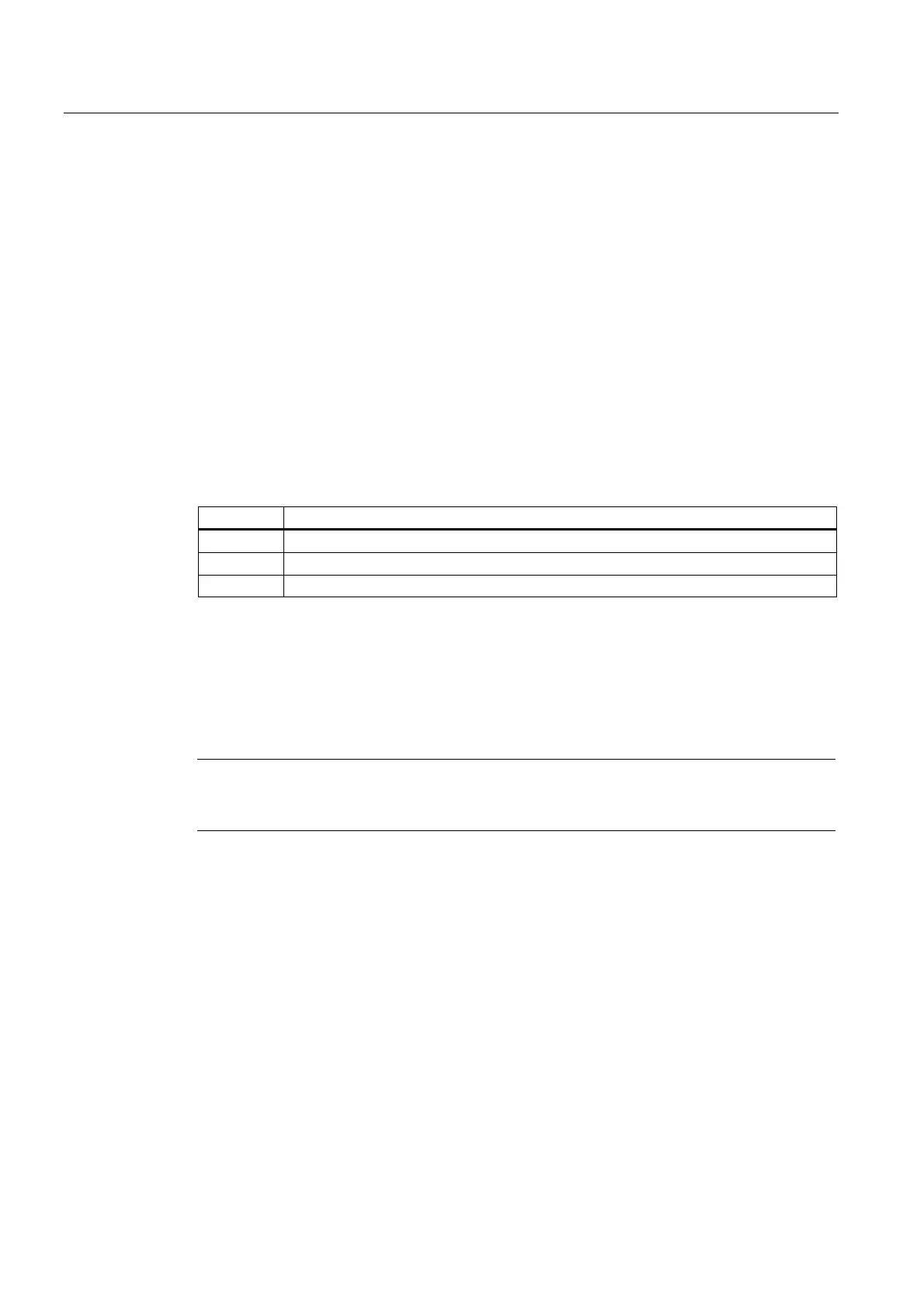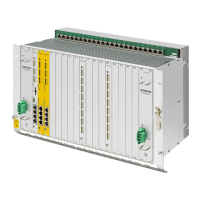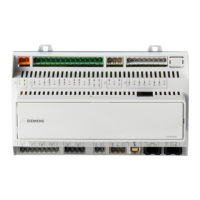Detailed Description
2.4 Tool radius compensation 2D (TRC)
Basic logic functions: Tool Offset (W1)
82 Function Manual, 11/2006, 6FC5397-0BP10-2BA0
2.4.8 Collision detection and bottleneck detection
Collision detection
Collision detection (bottleneck detection) examines whether the equidistant paths of non-
consecutive blocks intersect. If an intersection is found, the response is the same as for
inside corners with multiple intersections: The last intersection to be found is valid:
The maximum number of blocks used for the predictive check can be entered in the machine
data:
MD20240 $MC_CUTCOM_MAXNUM_CHECK_BLOCKS (blocks for predictive contour
calculation for TRC).
Programming
Collision detection can be activated or deactivated in the program:
Command Significance
CDON
Collision detection ON
CDOF
Collision detection OFF
CDOF2
Collision detection OFF
With CDOF, the search for an intersection initially examines two consecutive blocks. Other
blocks are not included in the search. If an intersection is found between adjacent blocks, no
further blocks are examined. With outside corners, an intersection can always be found
between two consecutive blocks.
Predictive examination of more than two adjacent blocks is thus possible with CDON and
CDOF.
Note
CDOF2 is only effective for 3D peripheral milling and has the same significance as CDOF for
all other types of machining (e.g., 3D face milling).
Omission of block
If an intersection is detected between two blocks, which are not consecutive, none of the
motions programmed between these blocks on the compensation plane are executed. All
other motions and executable instructions (M commands, traversal of positioning axes, etc.)
contained in the omitted blocks are executed at the intersection position in the sequence, in
which they are programmed in the NC program.

